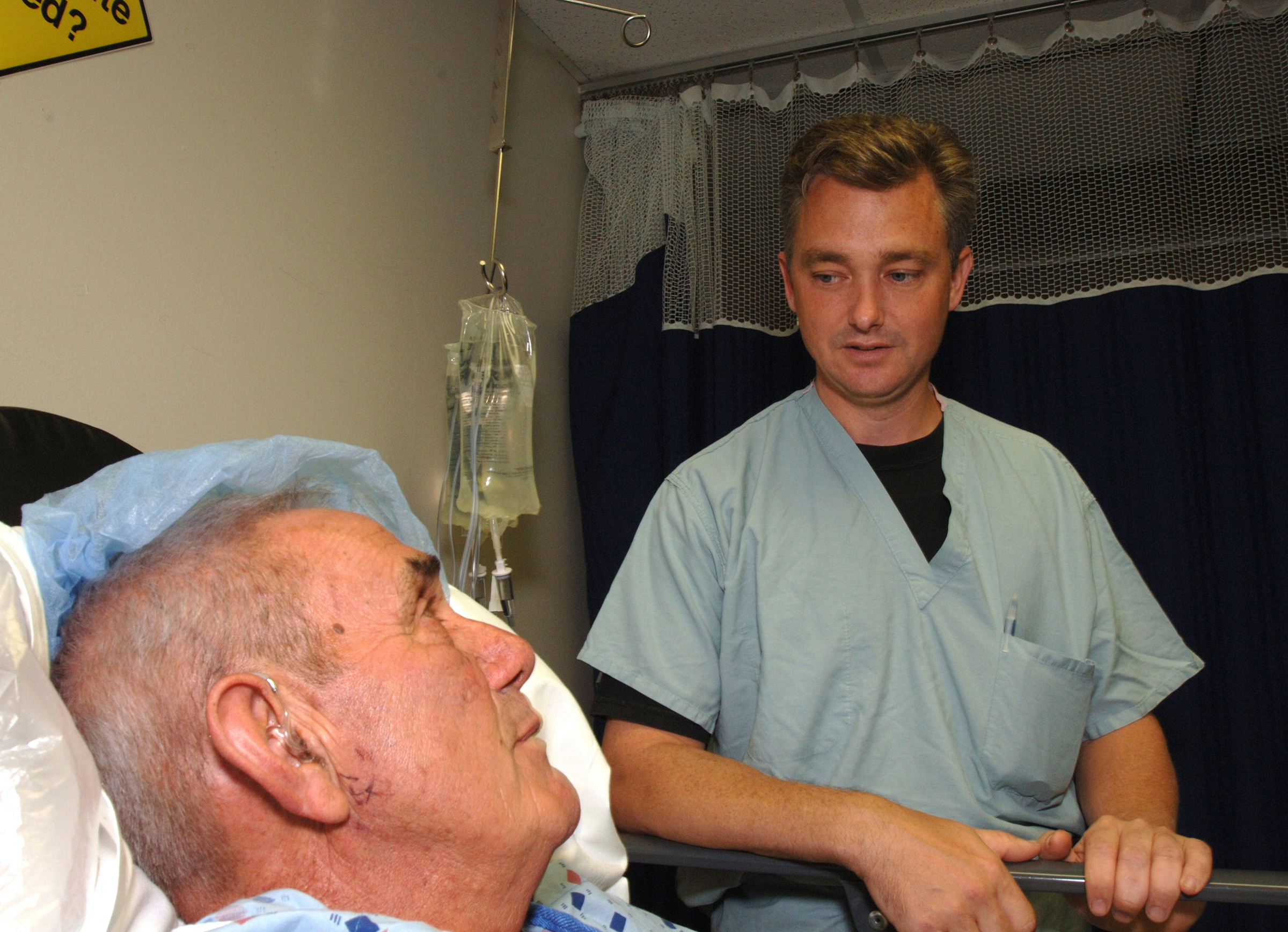Environmental & Science Education
Health
Medicine
Nature of Science
Nature of Science
STEM
Edward Hessler


Most doctors are not so good at judging when death will occur. One practitioner calls this ability "abysmal."
Some cats can and are also very good at it.
Can computers learn/be taught to do it, at least predict much better than most humans?And so what if they can? What does this mean for medical practice? For patients at the end-of-life?
In an essay for the New York Times, oncologist Dr. Siddhartha Mukerjee wrote about "the sweet spot of palliative care." This is the period when "patients...are within three to twelve months of dying. A lead time longer than 12 months can strain limited resources unnecessarily, providing too much, too soon; in contrast, if death came less than three months after the prediction, (leaves) no real preparatory time for dying--too little, too late."
When not all hospitals have a prophetic cat but all hospitals have medical staff who are not very good at making this prediction, Anand Avati, a graduate student in computer science at Stanford wondered whether he could develop an algorithm to predict death within the bounds of the sweet spot.
Mukerjee calls it the "dying algorithm." And it worked, "Nine out of 10 patients predicted to die within three to 12 months did die within this window. And 95 percent of patients assigned low probabilities assigned by the program survived longer than 12 months."
Mukerjee writes about based on an experience he had treating a patient with esophageal cancer. After surgery, chemotherapy and radiation, Dr. Mukerjee tried to bring up end-of-life care but the patient was doing so well that this conversation never occurred. Two months later the patient was readmitted. This time the relapse "was a full-on deluge."
The essay includes the story of Oscar the cancer death sniffer, how Avati developed the extraordinary algorithm (based on information from ~160,000 patients chosen from 200,000), a fuller and sad story about the esophageal cancer patient Mukerjee was treating, and his 'inherent discomfort with the thought that an algorithm might understand patterns of mortality than most humans," but not do more than assign probabilities. They do or share no reasoning.
Oscar's story is found in a book, Making Rounds with Oscar: The Extraordinary Gift of an Ordinary Cat.
This wonderful story raises many questions about experimental design, evidence and how that evidence is used to inform what we think we know. One possibility would be to keep careful of how cats with this ability use their time with dying and non-dying patients.
Oscar's story is found in a book, Making Rounds with Oscar: The Extraordinary Gift of an Ordinary Cat.
This wonderful story raises many questions about experimental design, evidence and how that evidence is used to inform what we think we know. One possibility would be to keep careful of how cats with this ability use their time with dying and non-dying patients.

 CGEE Student Voice
CGEE Student Voice
No comments:
Post a Comment